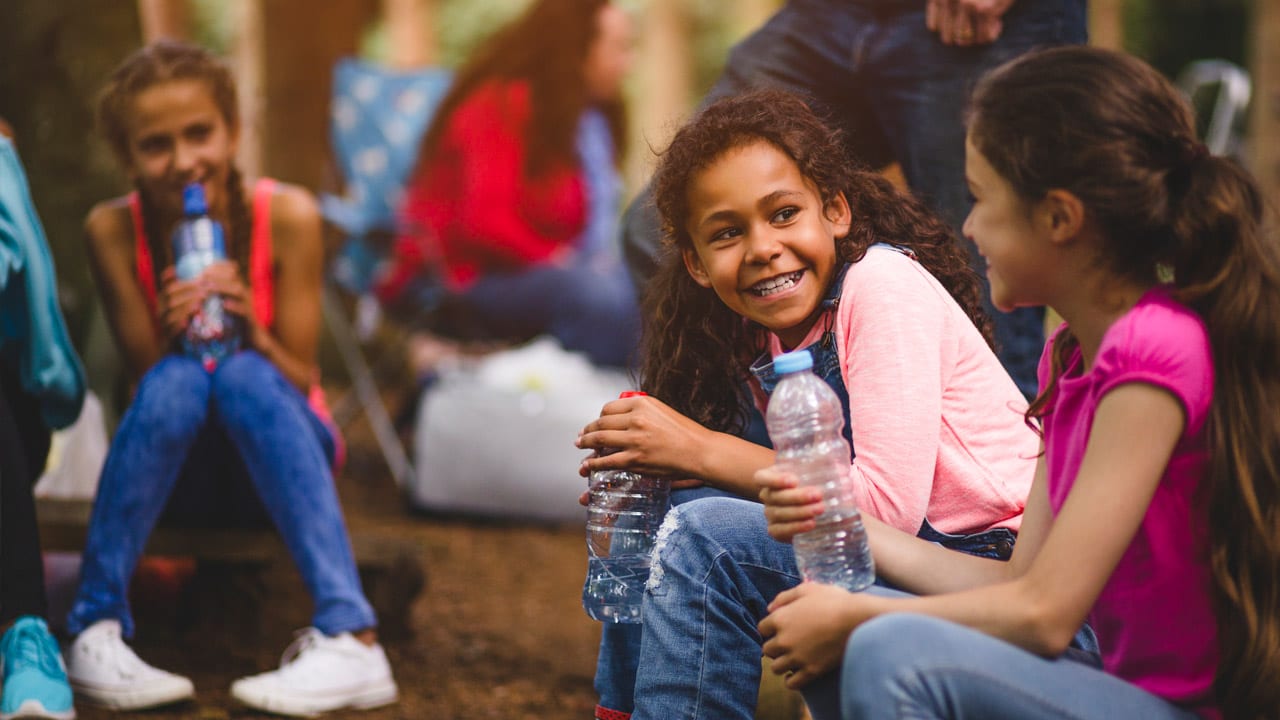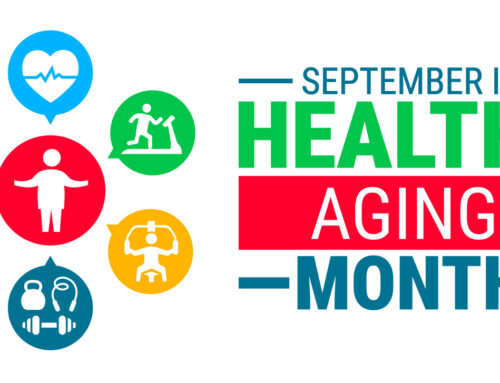We all know that homelessness has become a big problem in the U.S. On any given night, over half a million people are homeless. Approximately 65 percent are found in shelters, and the other 35 percent—just under 200,000—are found unsheltered on the streets. But you may not know that a large percentage of the homeless are actually working families with children. Family homelessness has become chronic, accounting for 37% of the overall homeless population and 50% of the sheltered population.
Growing up as a homeless child leaves you with a lot of uncertainties and even more questions – how long can we stay at this shelter, what school will I be attending next month, will I have enough to eat today? In our blog this week, FirstLantic profiles one mother that was determined to find a way to provide her daughters with some semblance of stability. In the process, she not only helped her own children but hundreds of others as well.
Giselle Burgess and her family ended up homeless in 2017 after their rental home was sold. She could not find affordable housing and was forced to move into a shelter where she and her five children all lived in one room. At around the same time, the Girl Scouts of Greater New York were trying to find a way to help the homeless population so Burgess volunteered to lead a special chapter for them. Troop 6000 was born. Burgess, who is now employed full-time by the Girl Scouts and is also running for city council in NYC, saw the group as a way to give girls a chance to focus on something besides their living situation. Being part of the troop taught the girls valuable skills and increased their confidence as well. As one mother said, “My daughter used to be ashamed of living in a shelter. She’d walk around with her hood pulled down. After a while, I did, too. But being part of Troop 6000? That’s something to be proud of.”
Research has shown that Girl Scout alumnae have a stronger sense of self, achieve higher levels of education, and are more likely to reach a higher socioeconomic status. However, for girls in shelters, the Girl Scouts offers even more – consistency and community. Consistency because the girls have weekly meetings where they can learn and try new things and community because they are supported by a network of other girls and adults. The Girl Scouts also provides women who train to be troop leaders with opportunities as well. The women develop communication and organizational skills as they are responsible for activity planning, managing resources, and mentoring and teaching the girls. Giselle Burgess is an amazing example of a woman who took that opportunity and ran with it. The girls did too. They have learned to code, met lawyers and journalists on career day and of course, they have sold cookies. Lots and lots of cookies! In fact, the group sold 32,569 boxes in a year. As 13-year-old Leilani said, “Selling cookies taught me how to be an entrepreneur and talk to customers. And it taught other people that we’re not just homeless—we’re making a difference in the world.”
If you want to support girls like Leilani, you can donate here. To read more about the story of Troop 6000, click here and to read other FirstLantic blogs, click here.
 AVAILABLE 24 HOURS A DAY/7 DAYS A WEEK
AVAILABLE 24 HOURS A DAY/7 DAYS A WEEK Careers
Careers







